Synopsis
If a picture is worth a thousand words, the It's Not Me Game experience gives hope and understanding to players in a way previously impossible. The interactive Virtual Reality (VR) game experience is Becka Watkins’ personal story and art, who’s narrative shows recovery from an eating disorder through the lens of 15 years of artwork. As the player moves through moments of time represented by VR spaces (such as a child’s bedroom, or an innocuous trip to the grocery store) they interact with the art Becka created at the ages suggested by the rooms. Paired with each work of art is a piece of her narrative. Working through the experiences of Becka’s life the player learns more of Becka’s story, each time returning to a hub art studio where each narrative is connected to backstory, poetry, or a specific message of healing through art.
Problem Description
“Eating disorders are hidden diseases,” Becka Watkins said, “and they come with a lot of shame.” Many people’s lives are impacted by personal experience with an eating disorder, or that of a friend or family member. Because of reticence to understand these diseases it’s also harder to heal from them, and easy to feel alone in the fight toward health.
Goals
1. Encourage empathy for people with eating disorders
2. Promote hope for healing from an eating disorder
3. Encourage dialog about ways to aid in healing from an eating disorder
My Role
As our team was small, my roles in this project changed as the project progressed. My primary job was as a UX Designer, but I also contributed as a UX Researcher, and Visual Designer. I worked with 2 Developers, another UX Designer, a Level Designer, an Environment Artist, a Managing Director, and 2 clients.
Process
When we met Becka Watkins for the first time we realized that she had a powerful idea, and that her art was vibrant and descriptive. We brainstormed with her, and came up with the initial concept for It’s Not Me. This was a fun and challenging project, because it needed to go through several evolutions to become the project it is today, as Becka had never experienced VR before embarking on the project.
3D Exploratory ‘Sketches’ from the First Iteration


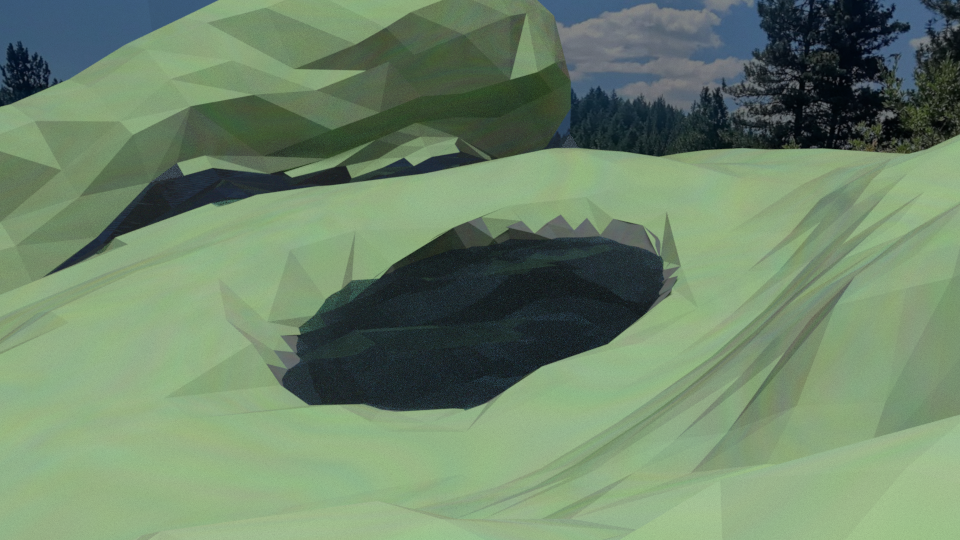
First Steps
Our first step was in-depth research into what had already been done in the field of VR Eating Disorder therapy, and assistive experiences. This confirmed our plan of creating an art experience that gave hope and encouragement to people with eating disorders, and those close to them.
Along with a Level Designer, another UX Designer, and a Visual Artist, I began by creating storyboard slides, flow charts, prototype scenes, and 3D assets to show the story arc of the game. We worked side-by-side with the dev team as they created interactions to test within the game environment, as this kind of a project is pretty new and doesn’t have much of a precedent outside of purely therapeutic games used only in clinics and research facilities. It took a few cycles of creating and meeting with Becka, but eventually we had a game flow that worked beautifully. Once that happened we brainstormed the name “It’s Not Me” with Becka, and I created a logo for the game featuring a modified piece of her art.
The Evolution of a Logo
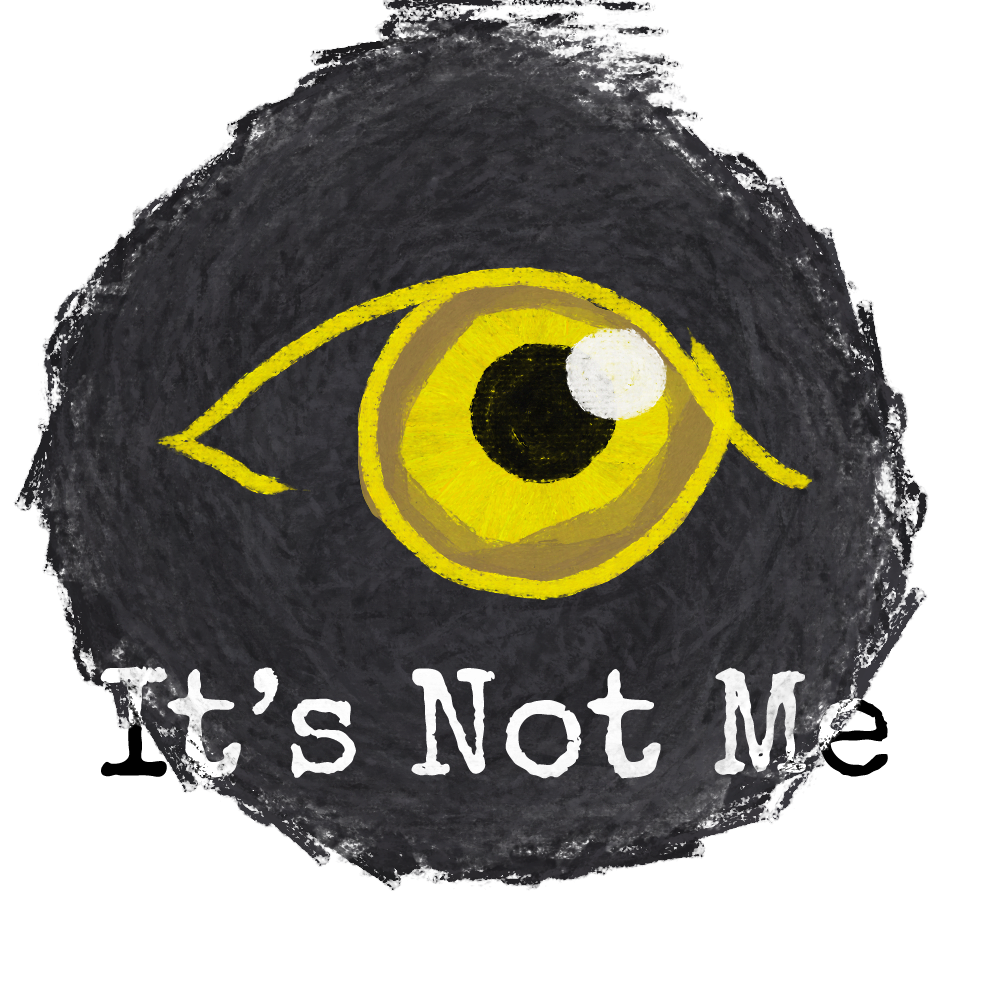
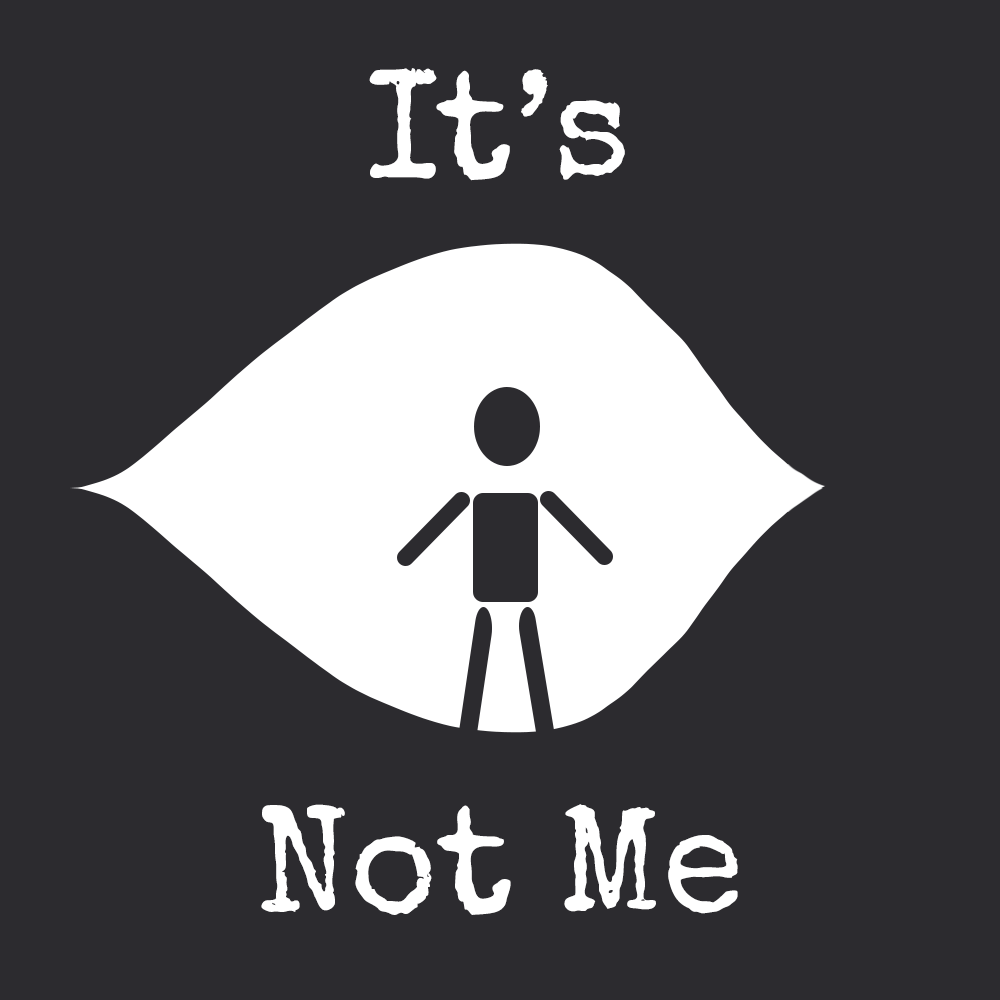
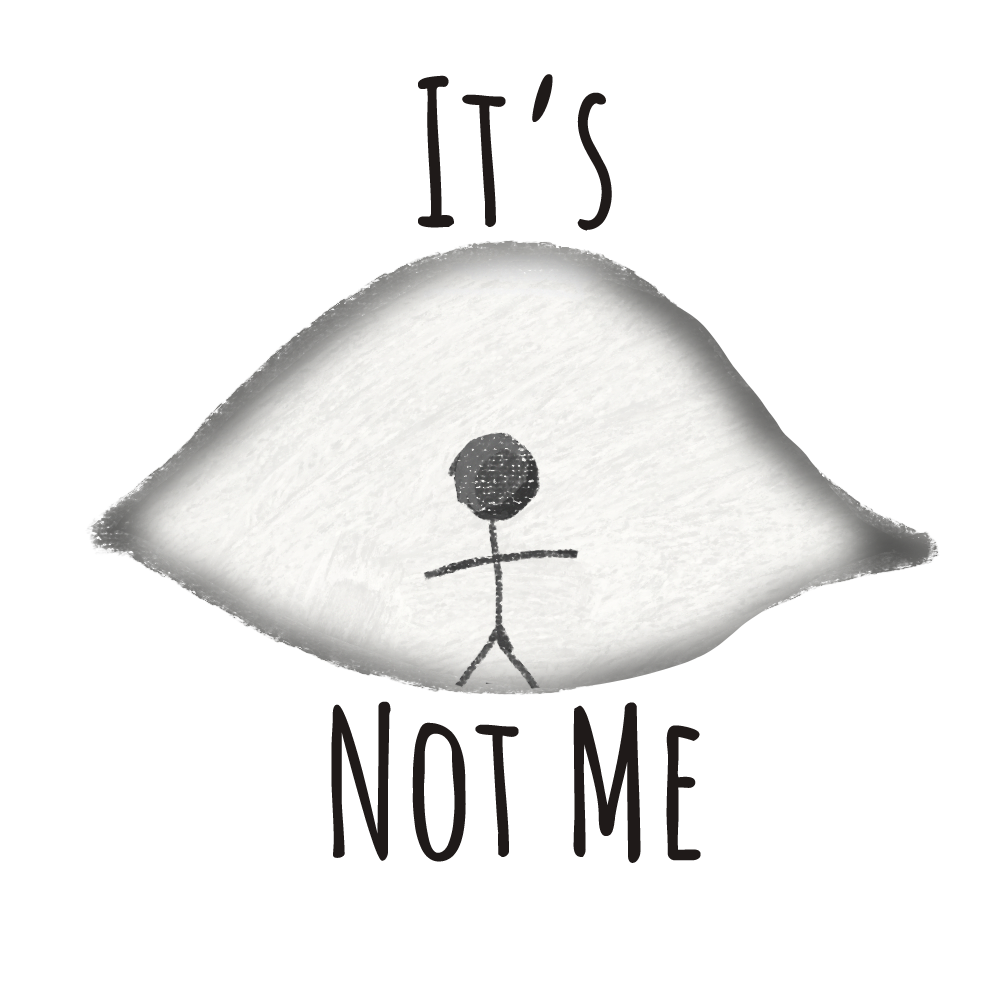
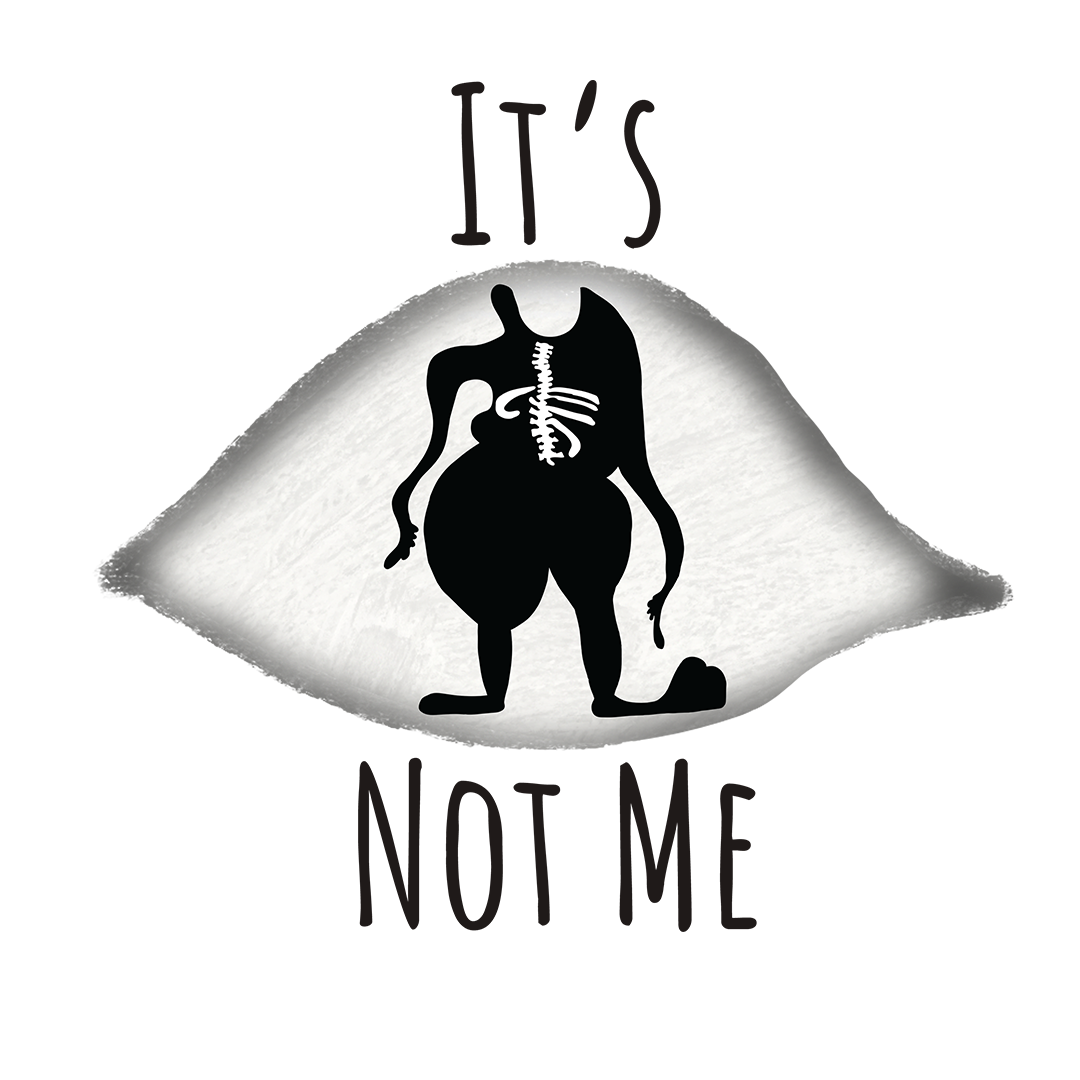
Testing
After the beta version of the game was complete, I was tasked with running the Research Team. I wrote a user testing plan, which used moderated user testing, logic and navigation testing, interviews, and surveys to test the game for strengths and failures. The small test we ran showed a high degree of empathy being reported among players, for people with eating disorders, which is exactly what we hoped for. Because of testing we were also able to find and fix some VR nausea, a lot of minor bugs, and chose to add more environment art to make the spaces within the game more realistic. Qualtrics and Google Sheets were used for data analysis.
Testing Result Highlights
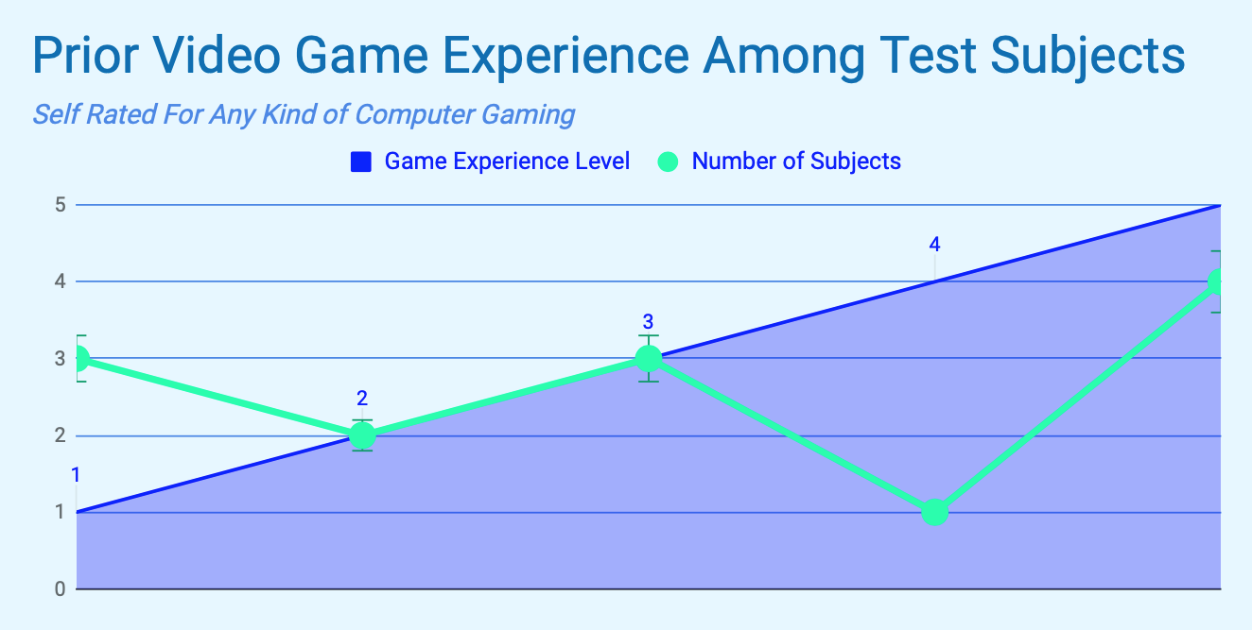




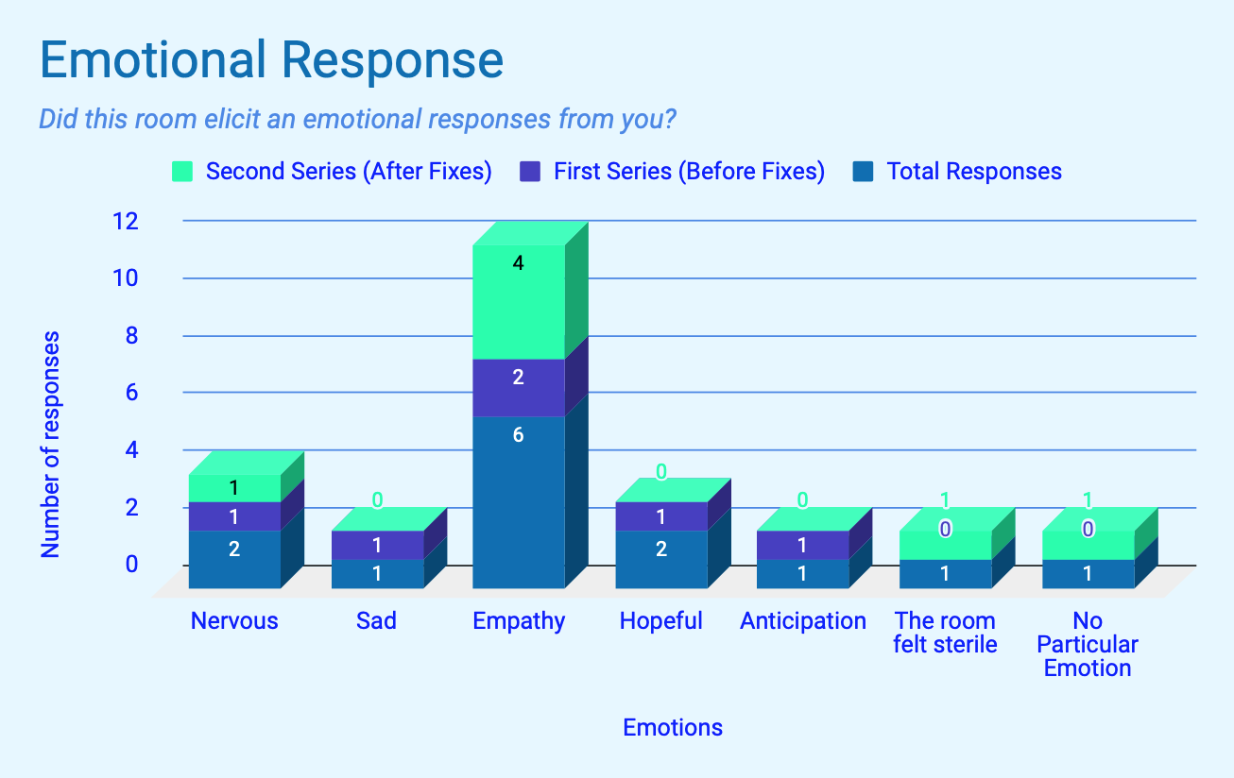
In your words tell us about your experience in [the Doctor's Office Room]. Was there anything that stood out to you?
"This room demonstrated very well the intense strengthening of the eating disorder voice
as one begins to see the damage it is doing as well as when one is considering rehabilitation. The voice gains power, the gaslighting gets more intense. The fear of "Who will I be if do not have this?" increases and the doubt that one can survive without it peaks until the person realizes the one fueling the voice is her/him and that life without it can exist. But it is terrifying to walk in the world without this backdrop/fail safe. The eating disorder has always been there, an adaptation that needs more and more, just like a chemical, in order to be more effective. The starkness of the clinical room was jarring and very effective."
-Anonymous
How would you describe the "It's Not Me," experience to someone who has not experienced it yet?
"One of the best portrayals of mental/eating disorders in an interactive space, maybe even
ever."
-Anonymous
Results
It's Not Me has shipped, and is starting field testing (by licensed therapists and psychologists). When field testing is completed, it will be taken on the road by Becka Watkins, the artist, as well as used by people with eating disorders, art enthusiasts, and anyone impacted by food disorders. Once field testing has finished I will update this page with download links.